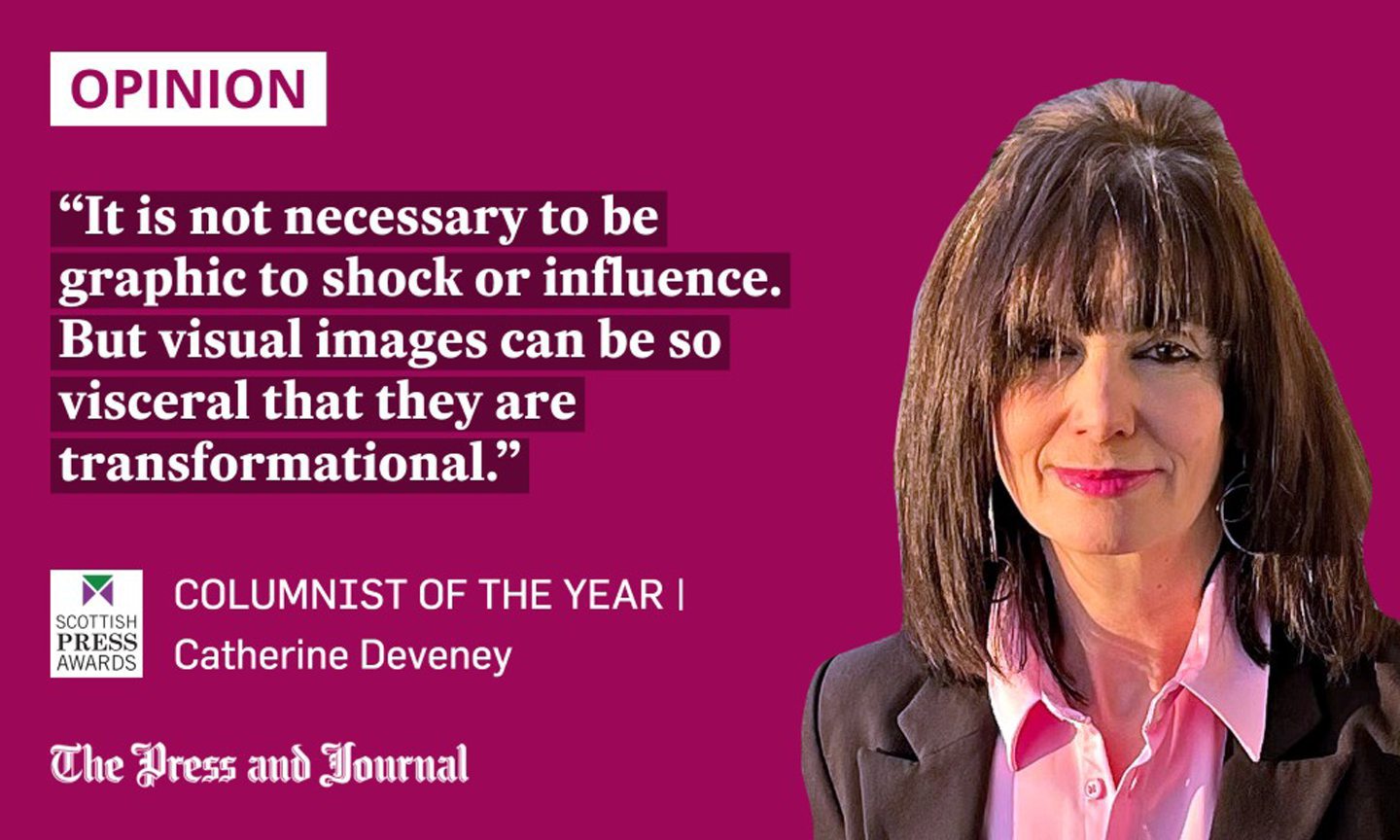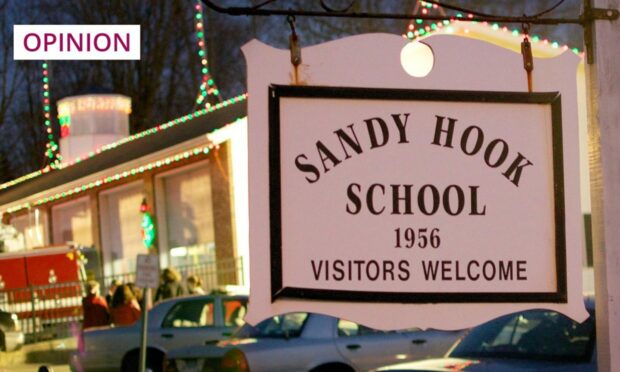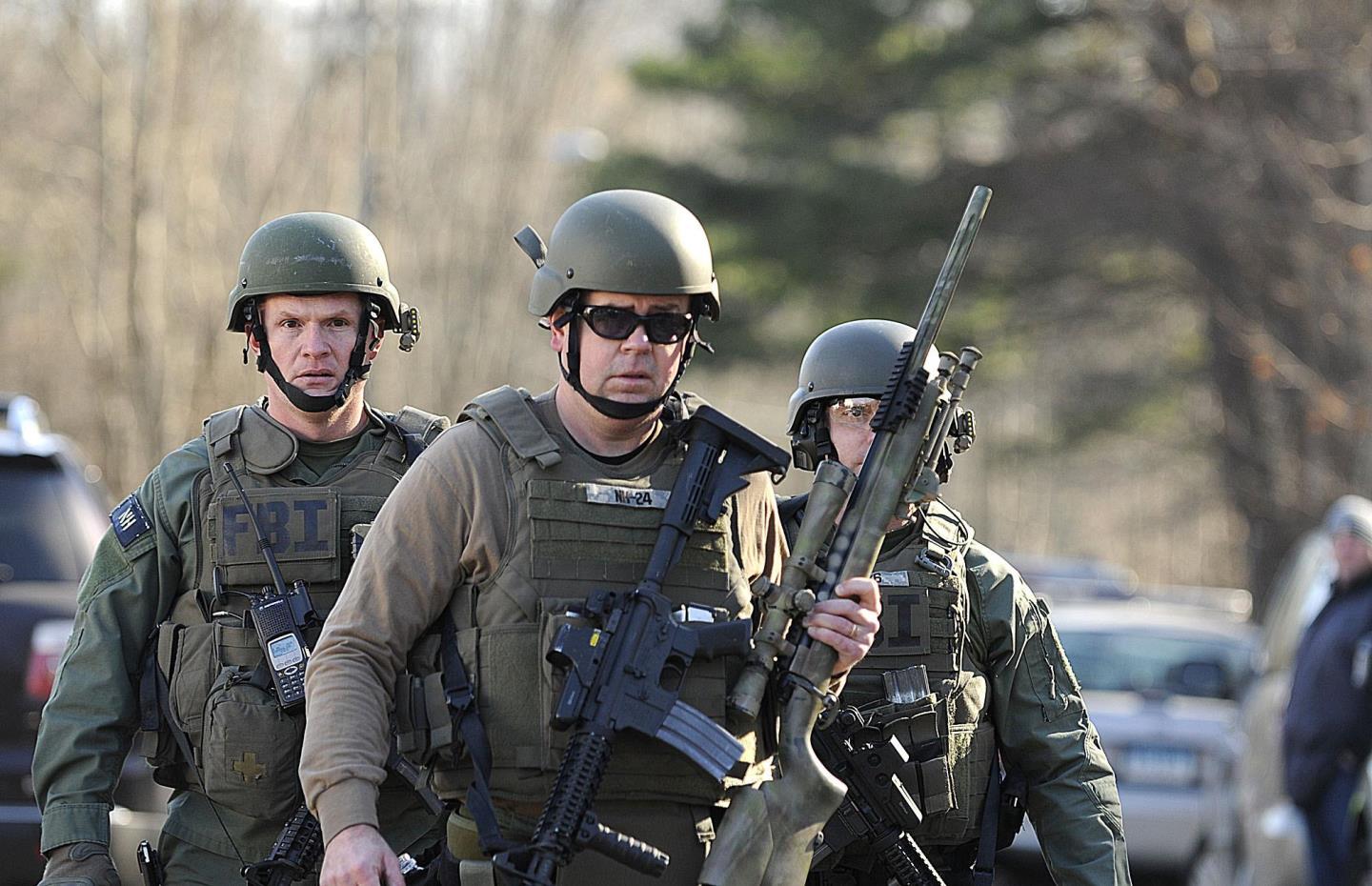Specialist officers of the major crime squad attending Sandy Hook Elementary School, Connecticut, in 2012, where a 20-year-old gunman opened fire and killed 26 people, saw things the rest of us will never have to.
Most of us are relieved not to have witnessed the human devastation of that scene: the terrible poignancy of dead adults shielding dead children. But, not only will we not see the thousands of photographs taken by those officers, we are not allowed to. It begs the question: what difference might seeing have made?
This week, news emerged of yet another American mass shooting in San Jacinto County, Texas, while, in Serbia, a 14-year-old killed nine people at a primary school. Gun tragedies seem to attract diminishing coverage and increasing acceptance.
In Texas, Francisco Oropesa is alleged to have been drinking and shooting his gun in his front yard. His neighbour, Wilson Garcia, approached and asked him to stop so that his baby could sleep. Oropesa’s response was to shoot dead Garcia’s wife, eight-year-old child, and three other adults.
Was America’s resigned reaction because the victims were illegal immigrants, or because we have become inured to pain? Garcia wailed so loudly at a memorial service, he could be heard above an entire choir singing Amazing Grace.

An American magazine recently published photographs from Sandy Hook, showing dark, empty school corridors and shattered glass sprinkled over seats, alongside blacked-out squares where more graphic pictures had been censored, redacted by Connecticut state law.
Had those squares not been banned in 2013, the magazine asked, would the American public’s attitudes to gun law have been affected? Could it have avoided any of the atrocities that followed Sandy Hook: Las Vegas, Orlando, Nashville… or any of the multiple shootings in the last month?
There is a precedent for ‘witnessing’ leading to change
It is not necessary to be graphic to shock or influence. But visual images can be so visceral that they are transformational.
One Sandy Hook officer described seeing a blackboard, with a list of children’s goals, and the words “learn to tie my laces” written on it. The child, she realised sadly, had learned to die before they had learned to fasten their shoes.
For me, it was the classroom picture with all its evidence of colourful activity halted mid-flow – crayons and scissors and cardboard and cups of milk – but empty of children. There is something about the irony of presence being most keenly illustrated by absence in that image that is truly piercing.
There is a precedent for “witnessing” leading to change. After the infamous lynching of Emmett Till in Mississippi in the 1950s, his mother insisted his bloated, mutilated body be displayed in an open casket.
Photos of Emmett circulated around the country and were later voted by Time magazine among the 100 most influential images of all time for their effect on the civil rights movement. Progress came because people could no longer pretend that if they couldn’t see something, it didn’t exist.
‘If we’re big enough to fight a war, we should be big enough to look at it’
The publication of photographs is an ethical dilemma that is not just about privacy, but responsibility. There is some evidence that viewing too many traumatic images desensitises the viewer. But, as a society, what else have we become to gun tragedies?
Morally, it’s time to face up to the consequences of what we sanction. Photojournalist, Kenneth Jarecke, whose image of a badly burned Iraqi soldier during the first Gulf War went largely unpublished because of its shocking nature, wrote: “If we’re big enough to fight a war, we should be big enough to look at it.”
If we agree to troops being sent to war zones, should we be faced with what they really do when they get there?
So, perhaps this dilemma is not only about guns, but about society’s habit of adopting positions based on abstracts because we don’t want to examine concretes. If we agree to troops being sent to war zones, should we be faced with what they really do when they get there?
“How can we refuse to acknowledge a mere representation – a picture – of a horrific event,” asks war photographer, Christoph Bangert, “while other people are forced to live through the horrific event itself?”
Knowledge is wisdom, and wisdom is power. Ignorance and a sense of helplessness simply perpetuate the status quo that is so clearly not working.
Considerations of privacy are the least of this
Last month, we read about a young black boy, Ralph Yarl, being shot by an elderly white man because he went to the wrong door when picking up his brother, and about 20-year-old Kaylin Gillis, shot dead in New York when she and her friends drove into the wrong driveway.
This month, it is Wilson Garcia’s family. What is next month’s tragedy? What will it take to drive change?
Ralph Yarl, Kaylin Gillis and Payton Washington 💔
Everyone has the right to live free from gun violence. pic.twitter.com/dY7vsjWxsm
— Amnesty International USA (@amnestyusa) April 25, 2023
Considerations of privacy are the least of this. Responsibility and witness are beginning to take equal precedence.
Conspiracy theorists didn’t even believe Sandy Hook actually happened. To them, it was all an anti-gun plot. Failure to confront our world as it really is – in America or elsewhere – and face up to the consequences of laws we sanction perpetuates things that should never happen in our name, or on our watch.
Catherine Deveney is an award-winning investigative journalist, novelist and television presenter, and Scottish Newspaper Columnist of the Year 2022


Conversation